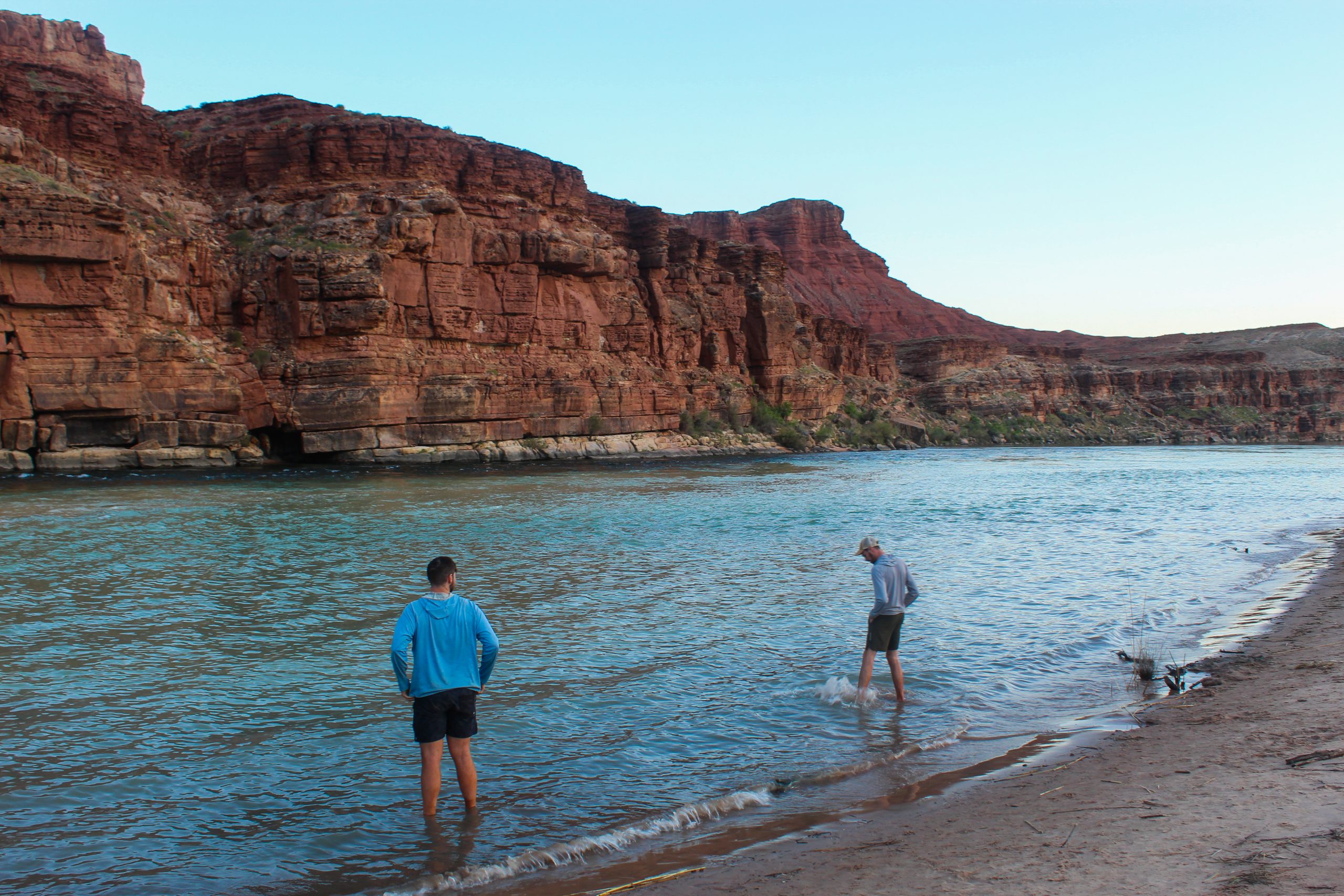ANDYou can remember all the Hubbub last year surrounding per- and polyfluoalquilo (PFA) substances, its negative consequences for the health and future of waterproof teams as brands learn to move away from the PFA. After the generalized prohibitions of the PFA, we listen to predictions that range from an incoming wave of innovation in the design of equipment and fabrics, to the brands that find ways of working around the regulations, and even to the idea that the reliable waterproof team is now a relic of the past. Now, a few months after the process, let’s take a look at how the industry is browsing this transformation and which team could begin to see on the road.
PFAs can absorb in your body mainly through ingestion and inhalation. Absorption through skin contact is also a path, especially relevant to active clothing, seeing how direct and prolonged contact and sweating can increase intake.
Outdoor team innovation
For decades, the PFA were the standard for their water, oil and spots repelle. However, their persistence in the environment and links with serious health problems have stimulated an important change throughout the industry. Now, manufacturers are prioritizing advanced treatments of lasting water repellent (DWR), next generation waterproof membranes and new fabric designs.
Cory Olson, head of global innovation at North Face, points out its continuous approach to the development of new materials, membranes and chemicals. «Our lasting water finishes, waterproof and laminated breathable coatings are not PFA,» says Olson. This includes its Dryvent, Gore-Tex and Futurellight platforms. Similarly, Patagonia has made a substantial commitment, with 100% of its new products for spring of 2025 and beyond without intentionally added PFAs. This includes DWR coatings and water repellent membranes, a trip that has taken them almost 15 years.
Advanced Durable Water repellent (DWR) treatments
DWR coatings outside the gear make the water put and ride, preventing the fabric from absorbing moisture and preserving breathability. The industry is moving towards water -based and silicone -based, which create a protective layer on the surface of the fabric. Biological coatings, which use natural ingredients such as beeswax or soy wax, are also gaining traction. In addition, DWR based on hydrocarbons are emerging, designed to replicate the performance of older PFA treatments without the lasting environmental impact.
Nikwax, a long -standing waterproofing leader without PFAS, has always focused on a unique water repellent technology. Heidi Dale Allen, Vice President of Marketing of Nikwax Na, explains that its original technology was based on EVA and mineral wax, creating an elastic and resistant molecular structure.
Its current patented formulation maintains these benefits, united to non -repellent water areas while leaving the spaces between open bassability. This flexibility allows Nikwax treatments to support extensive use and multiple washed.

DWR keeps the waterproof rain vests by creating a microscopically pointed «surface on the outer fabric that repels the water.
Next generation waterproof membranes
These ultra thin layers inside the garments prevent liquid water from entering while allowing sweat steam to escape, maintaining dry users. Historically, these membranes were based on PFA, but innovative changes are being made. The expanded polyethylene (EPE) membranes, specially used by Gore-Tex, are light, strong and made without intentionally added. They work with billions of microscopic holes, which allows sweat vapor to pass while blocking water drops. Another option is the hydrophilic membranes of polyurethane (PU), which have a solid structure that absorbs sweat vapor and moves it outward.
Beyond the chemical approaches, Cory Olson of the north face confirms that they are exploring new non -chemical approaches for waterproofing, such as structural fabric designs, which indicates a broader change in innovation beyond material chemistry.
How does the new team work?
This is the question that we all ask ourselves: can these alternatives match the performance and durability of their PFA -based predecessors? Although significant improvements have been made, it seems that some compensation and new considerations for maintenance have emerged.
Water repellency
Alternatives without PFAS have shown remarkable progress in achieving effective water repellency. The Gore-Tex EPE, for example, offers waterproofing comparable to the Gore-Tex garments containing previous pfas. It is even reported that some sustainable solutions exceed PFA in certain cases of use, with Nikwax Dale Allen highlighting that their DWR without PFAS offers waterproof performance at the same level or higher than the DWR C6 PFA.
Breathability
The breathability, which allows sweat steam to escape and avoid internal condensation, remains a key performance metric. Gore-Tex EPE is specifically designed to be very breathable through its microscopic pores. Hydrophilic PU membranes also promote moisture escape through their absorption and transport mechanism. While there have been slightly lower breathability suggestions in some EPE applications compared to its predecessor PFAS, the general performance is quite good.
Durability and longevity
The durability of the DWR without PFA has been a main challenge. Manufacturers recognize that DWR without PFA may not be as durable as their conventional counterparts, which may require a more frequent reapplication after washing and extended use. A factor that contributes to this is the lowest fusion point of polyethylene in some EPE membranes, which can affect the proper cure of the DWR without PFA at high temperatures necessary, which makes them more susceptible to washed or rubbing.
Cory Olson of North Face advises users to concentrate on washing and drying the garments according to the recommended care conditions. He explains: «The cleaner the garment is, the better the DWR will be to repel and throw moisture.»
Directly addressing the challenges around pollution and repellence to oil. Give Allen of Nikwax states that his treatments work together with technical washes to maintain performance. She emphasizes that «by regularly cleaning her equipment with a technical cleaner … she ensures that the DWR is not being hindered by pollutants that would make me fail, such as dirt and oils.»
Oil and spots resistance
Replicating the exceptional resistance to oil and traditional PFA spots remains a significant obstacle for unpayment materials. It is possible that consumers need to adjust their expectations or accept a more frequent cleaning of their equipment, since fat can break down the equipment and shorten their useful life. This is an area where brands still look for solutions actively.

When choosing equipment without PFAS, we reduce our risk of contaminating fragile rivers along the path.
PFAS: Now an explosion of the past
For decades, we have repeatedly faced the challenge of removing highly effective solutions that, unfortunately, came with significant health risks. PFAs can be excellent in water resistance and durability, but asbestos once was praised for its incredible heat resistance and insulating properties. The transition to new materials is new, exciting and can only improve from here!
Graphic design by Zack Goldmann
This website contains affiliate links, which means that the walk can receive a percentage of any product or service that you buy using the links in the items or ads. The buyer pays the same price that would do it differently, and his purchase helps to support the continuous objective of the walk to address his quality backpack advice and information. Thanks for your support!
For more information, visit the page about this site.




:max_bytes(150000):strip_icc():focal(749x0:751x2)/kendall-jenner-kris-jenner-110223-b7cacffcefd24c7b9b98353a1120e445.jpg?w=238&resize=238,178&ssl=1)